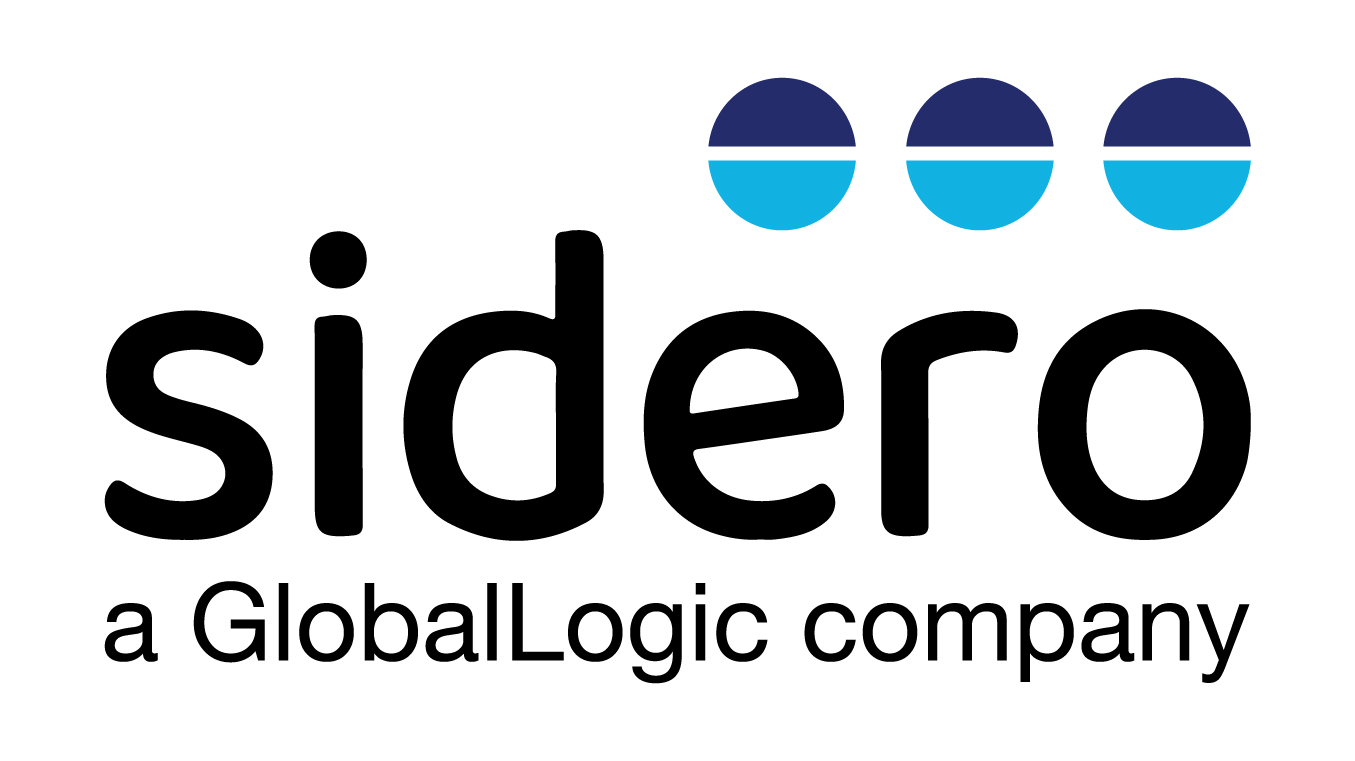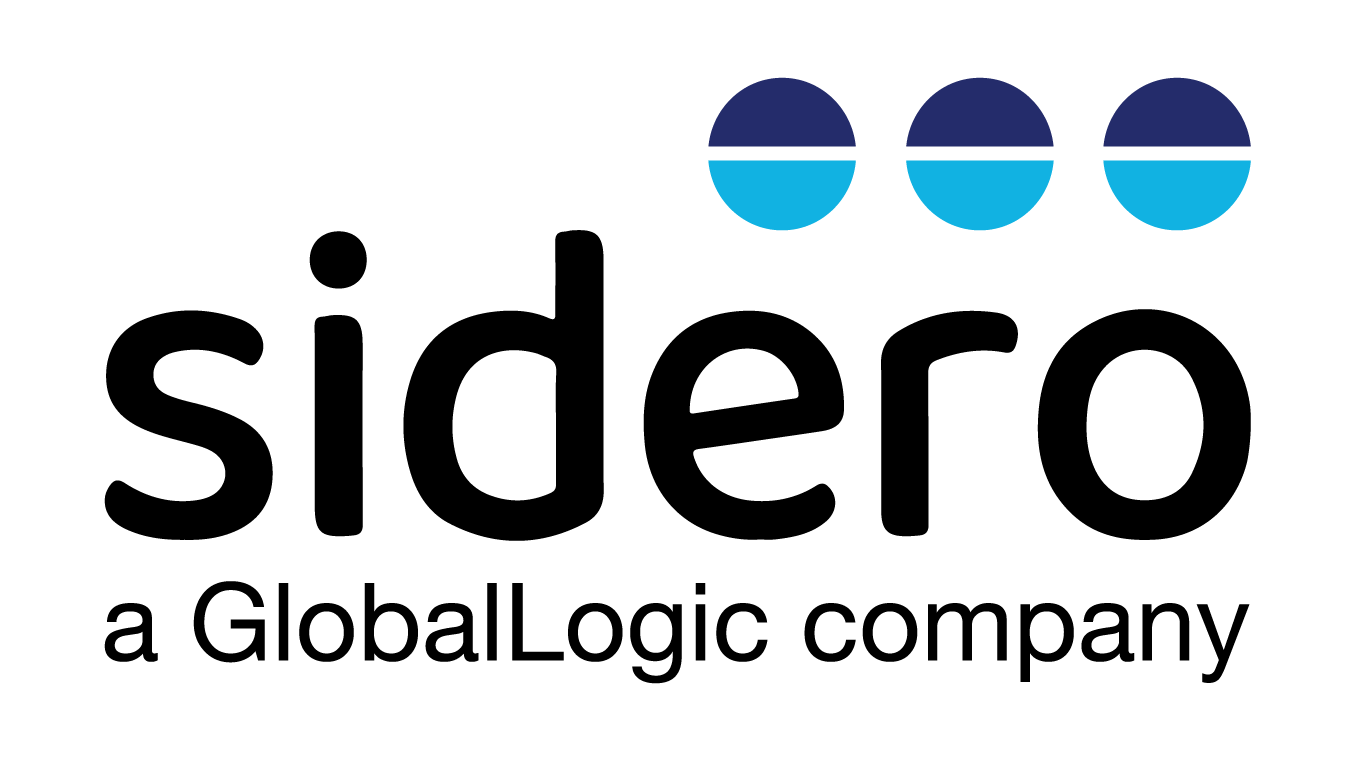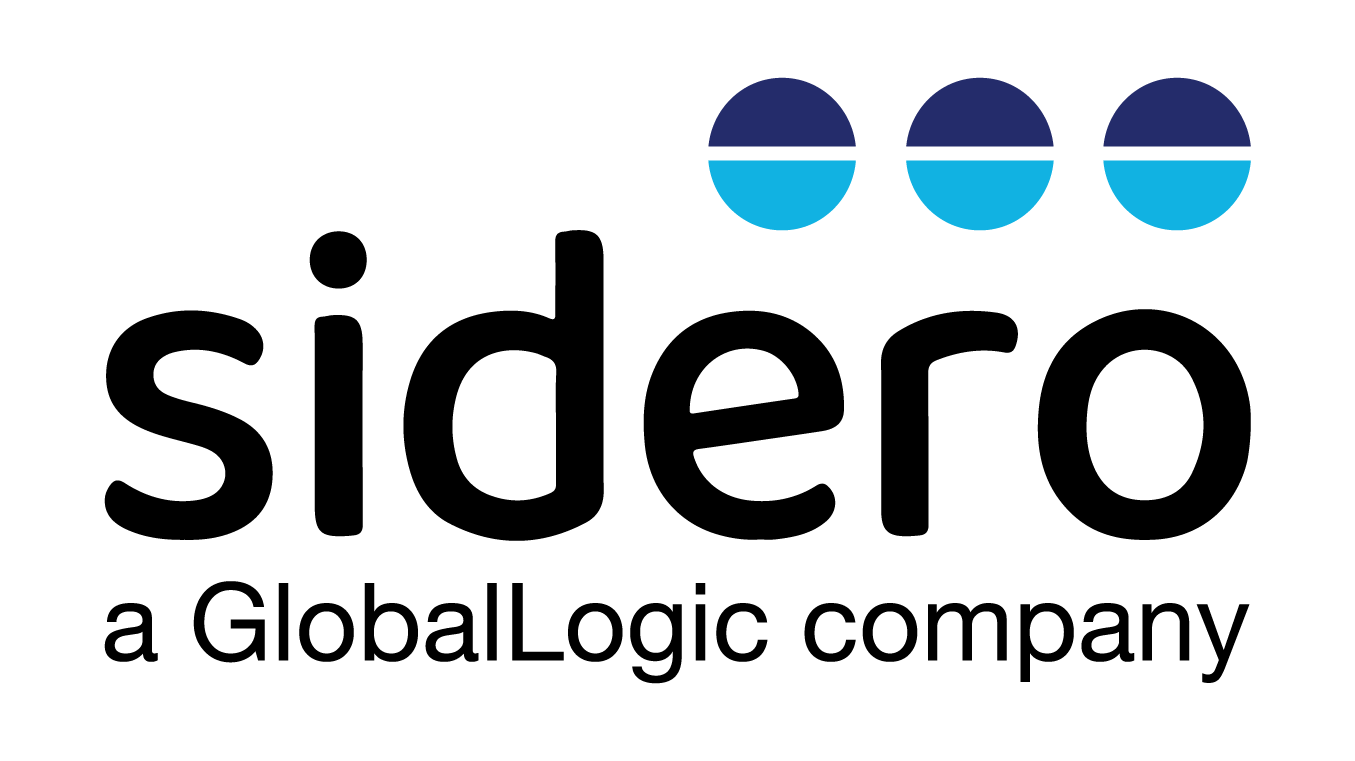Sidero has its roots firmly in the Telecoms sector with a long history in the application of software to solve complex engineering problems to Carrier Grade standards. We service both Network Equipment Providers and Communication Service Providers accelerating the deployment of new products , network functions and services. Our speciality is in Radio Network Domain Management covering BSS/OSS/ Domain Manager / Element Manager and Network Element levels . We have lived through the virtualisation of key network functions and have helped our customers transition their network deployments to private and public clouds.
Our expertise covers the following areas:
- Network Operations Workflow Automation
- 2G/3G/4G/5G Radio and Core Domain Management
- Radio Network Optimisation and Automation
- OAM for Cloud Ran and Open RAN
- Advanced engineering services for Cloud RAN
- Radio Application ( rAPP) design and implementation
- OAM interface integration, Northbound and Southbound
- Test Automation for Telco
- Network Orchestration and VNF Life Cycle Management
For more information please see some of our Telecoms specific case studies below.
Cloud Radio Access Network Engineering
Overview
Our client, a leading network equipment provider, was looking a partner who would take care of radio access network (RAN) development across cloud RAN network automation, cloud RAN application support service, and cloud RAN CI/CD and lifecycle management.
GlobalLogic team provides R&D and maintenance support for Cloud RAN and service management and orchestration (SMO) applications.
We have taken ownership of the delivery of features from pre-study to development, delivery, and deployment.
Engagement
Our team is responsible for:
- Solution architecture design based on ORAN specifications
- Development and deployment of A/B testing rApp and providing insights on tested software package version
- Development of the O1-based FM notification service for Cloud RAN
- Integration with existing Network Management Systems
- Development of a system that visualizes client’s DevOps and engineering teams’ performance
- Development of the Metrics Visualization System for Cloud RAN app support to precheck and observe customer services and microservices
- Support of the customer’s operations pipelines and developing CI/CD and LCM test strategies and use cases
Outcome
We help the client meet the evolving needs of their customers.
Our teams delivered and demonstrated applications to Tier 1 network operators, enabling fast feedback and use case evolution.
Our teams assisted the customer in demonstrating the capabilities of their SMO and Cloud RAN products to Tier 1 operators. Our teams also provided development cycle insight to customers’ technical leadership teams
Containerization of Self-Organizing Network Legacy Platform
Overview
Our client, a leading telecom network provider, asked GlobalLogic to migrate Self-Organizing Network (SON) Optimization Manager (OM) from Windows Server to containers to avoid JVM & NUMA configurations and Windows Server CPU group restrictions.
SON OM is a legacy vertically integrated Windows Server-based application designed to optimize multiple SON policies for open and closed-loop optimization.
Engagement
In order to transition the product to a microservices-based architecture, the team implemented the following steps:
- We used the Google JIB Maven Plugin for Java-based applications
- The team performed Maven integration with Docker and built images using the Google JIB Maven plugin
- Containers were deployed in Kubernetes
Outcome
The need for a Windows OS Server License has been removed
Product is platform independent now
Flexible hybrid deployment options
The key performance indicators (KPIs) of the product have been improved, and the data processing has been enhanced by 67%
Migration Process
Stage 1: Identify – Obtain details about the legacy application & technologies used
Stage 2: Feasibility & Proposal
Stage 3: Containerization – Dockerfile/Helm
Stage 4: Deployment & Dimensioning
Stage 5: Acceptance & Documentation
SON: Self-Organizing Network Product Development & Maintenance
Overview
Since 2013, we have provided development and maintenance support for a range of Self-Organizing Network (SON) products to a leading network equipment provider. Our tasks include visualizing Distributed SON features and optimizing multi-vendor 3G and 4G networks.
In 2018, our team took full control of the SON Optimization product. This included research and development, ongoing maintenance, a Tier 1 readiness program, and managing customer trials and network rollouts.
Engagement
Our team took full responsibility for optimizing the SON product, allowing the client to focus on developing the next generation of automation.
Our services cover the entire software development lifecycle, including system design, requirements analysis, UI design, prototyping, development, testing, documentation, Tier 2 and Tier 3 support, security, lifecycle management, as well as CI and product release functions.
The product is continually updated and improved using a continuous deployment model to align with individual operators’ deployment strategies.
Outcome
Our team has developed an advanced product that enables fully autonomous optimization functions within our clients’ networks.
We conducted in-depth feature exploration, trials, and provided SDK/API capabilities that enable customers to customize and optimize according to their operational preferences.
Network Manager Development
Overview
Our client, a leading provider of telecom network equipment, needed to evolve and enhance their network management product to offer a unified management system for multi-technology and heterogeneous networks.
GlobalLogic helped the client in enhancing essential network management services and components, which helped expedite the development of their network management product.
Engagement
GlobalLogic helped implement support for Cloud RAN and management of legacy nodes. And we improved FCAPS support for new RAN nodes.
Our team developed the Topology Browser which is a front-end Network Manager application that provides a model-driven representation of the Network Structure in a GUI.
Also, the team developed the Persistent Object Service (POS) that allows to make node attribute changes, and can also return non-persistent attribute data.
We provide ongoing maintenance for Service Framework, Licensing Control Monitoring, and Single-Sign On across multiple product lines
Outcome
GlobalLogic helped the client improve their product by adding features required by the always-changing market.
Communication service providers widely use the product to manage, operate, diagnose, and automate functions in their Mobile and Core networks.
In addition, we have created an automation framework to automate the collection and evaluation of performance metrics and Node Health Checks.
Digital Services Portal
Overview
Customer envisaged to design and implement a Digital Services Portal that would allow a mobile operator’s customers to order and monitor network communication services in an “as a Service” Model.
Sidero worked with customer to deliver a multi-tenant digital portal that would become a single pane of glass through which end-users can view the entire Digital Fabric, on-board customers and users, monitor service usage, existing network capacity etc. The digital services portal is the first global SaaS offering from Customer, deployed in the public cloud (January 2018).
Sidero used agile based development model and pure CI/CD pipeline to test and deploy in real-time in public cloud without any service disruptions.
Engagement
Sidero accelerated Customer’s transformation to an “as a Service” Delivery model and enabled them to beat their competition in offering Mobile Broadband Network Communication and Management services in this manner. This enabled Customer to increase its market share, target new markets and reduce its costs.
Some of the high-level functions of the dashboard-based portal included:
- day-to-day service operations management – customer and service on-boarding
- user and customer access management and administration – SSO with Customer
- incident management – integration to internal ITSM system
- knowledge management – release and upgrade documents upload and secure storage for customer users
- dashboards for SLAs/KPIs/Reports – real-time operational view
- network usage, capacity and connectivity information in real-time
- integration to NOC and SOC
- integration with customer billing system in real-time CDR transfer
- integration with customer ITSM system
All of the above were available from a simplified access point via the Digital Service Portal.
Outcome
Sidero provided ongoing support for the highly reliable SaaS system with multi-layered monitoring and automatic/frequent service level availability tests to ensure required availability.
Operational security was deemed paramount in this kind of deployment and Sidero architects and engineers worked with Customer group security to comply with the Customer enterprise security execution programme.
Today the digital services portal is used by Tier 1 CSP for their Enterprise offering
Google Cloud Platform
Overview
Our customer provides a range of applications and platforms across monolithic architecture. Google Cloud and our customer come together to help communications service providers deliver capabilities to the edge, unlocking new possibilities for enterprises and consumers alike by refactoring monolithic applications to micro-services with infrastructure modernisation.
The main business challenges included:
- Migrating applications from monolithic to micro-services
- Adopting Google Cloud services for cloud native application deployments
- Application/infrastructure footprints across customer segments
Engagement
Sidero’s Teams as a Service (TaaS) engagement model helped the customer to migrate applications into Google Cloud Platform (GCP). Sidero enabled the modernisation of core infrastructure applications to offer solutions to meet customer demand, unlock business opportunities and transform operations. Understanding the customer application technology and deployment issues, Sidero’s team deployed the applications in Google’s Kubernetes Engine service.
The solution was principally built using the following stacks:
- Designed and deployed Cloud Landing Zone on GCP incorporating enterprise and cloud best practices
- Migrated the existing application infrastructure to GCP along with the API platform hosted in a Kubernetes cluster
- Modernised application deployment with GKE infrastructure with DevOps implementation
- The Sidero team followed a sprint-based strategy to deploy the solution
Outcome
Sidero’s solution enabled the customer to scale very fast with a highly available platform and the ability to deploy applications without the added burden of running GKE services.
Our team also actively supports the customer in container and Kubernetes best practice as its user base continues to grow.
The customer has a strong cloud foundation with secure, scalable, modular, and easy-to-access resources.





